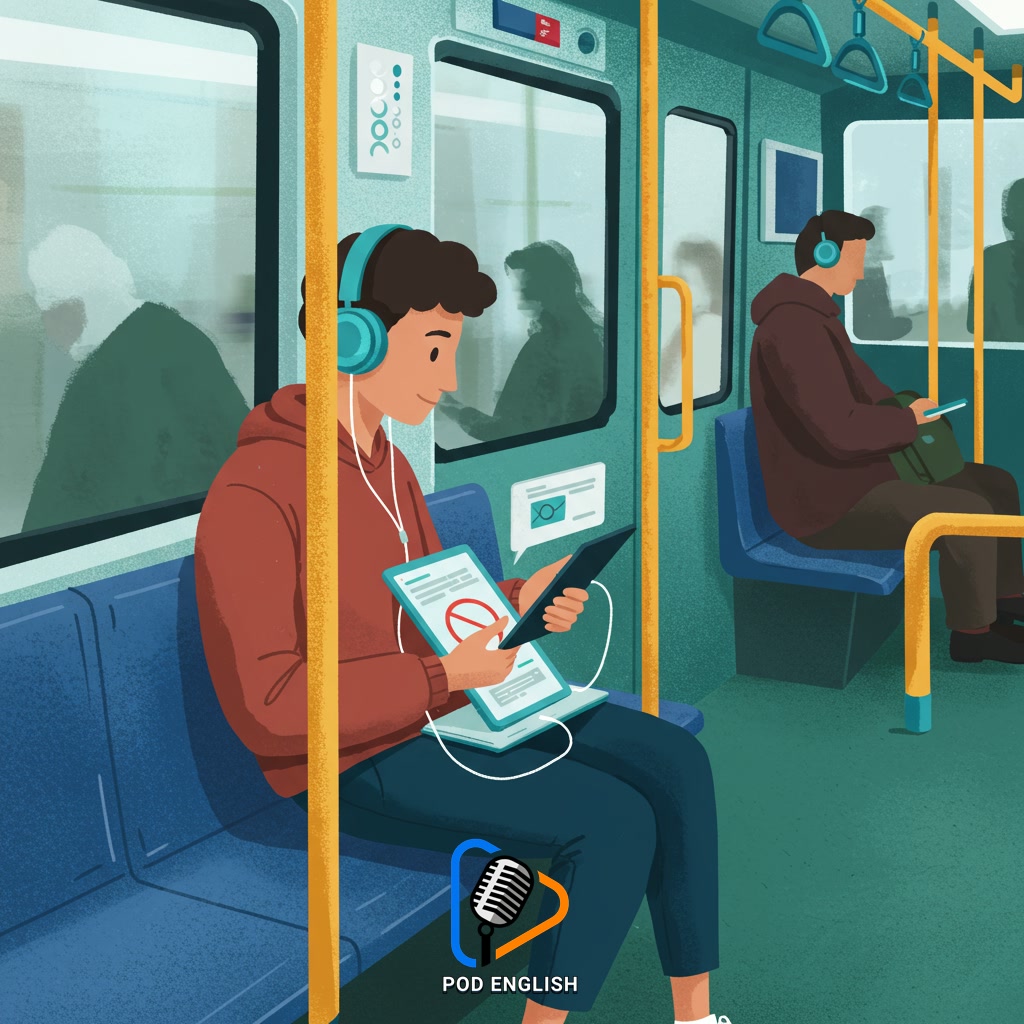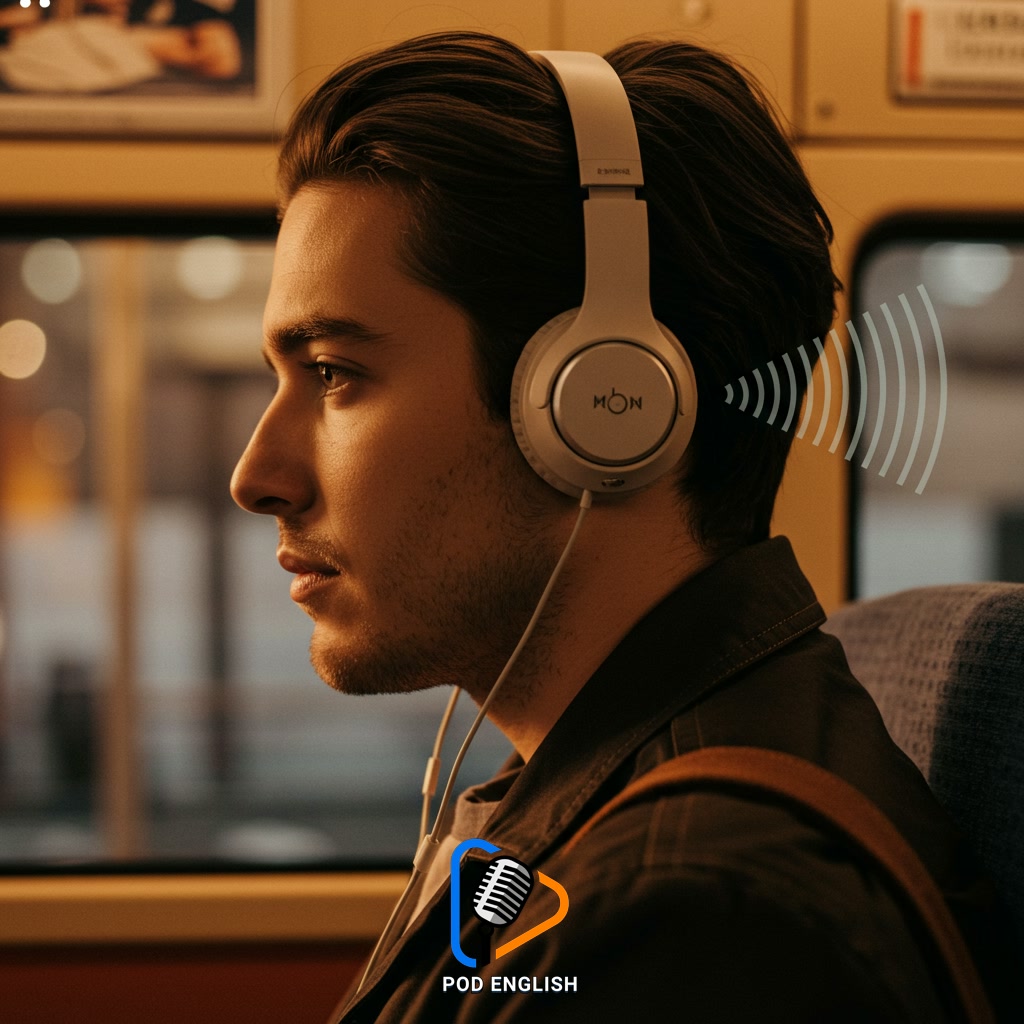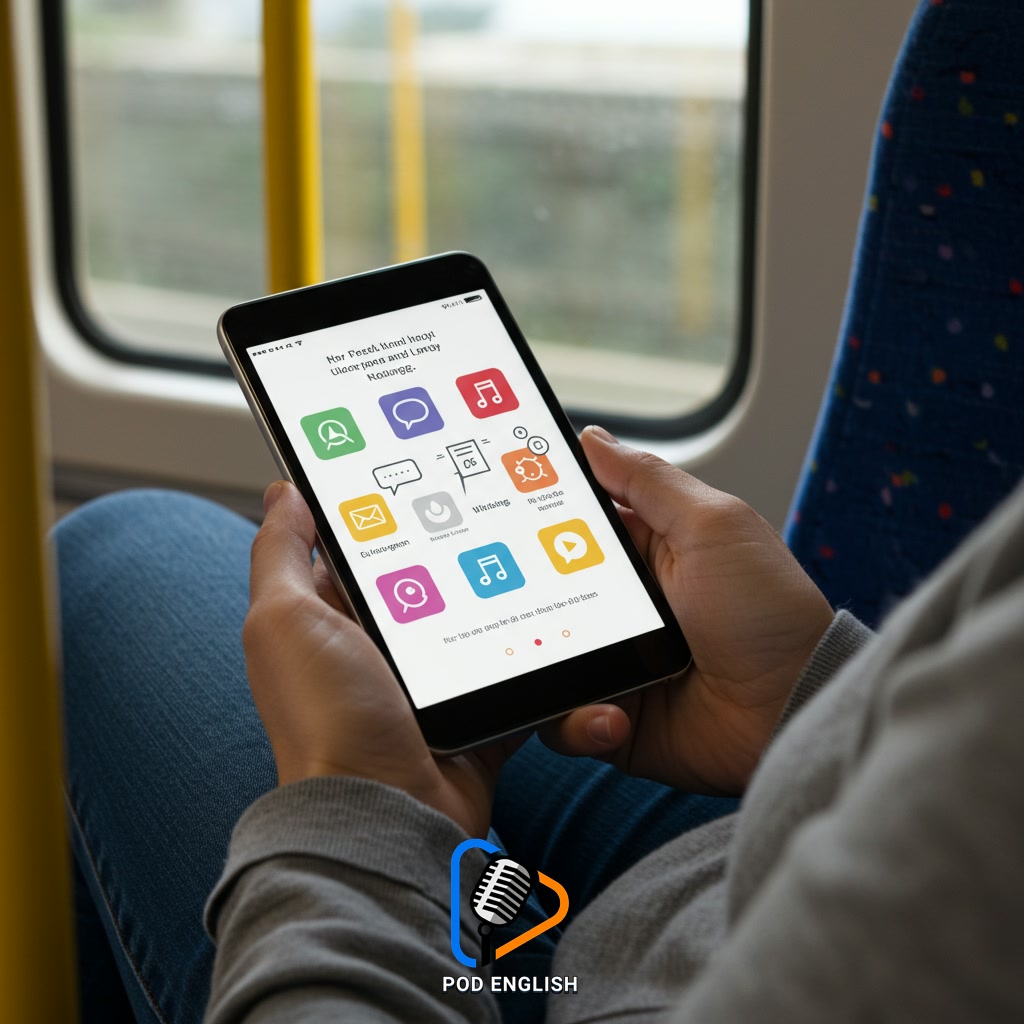Learn English
Learn English While Commuting: Simple Daily Strategies for Busy Learners

This content explores practical strategies for mastering English during your daily commute. It presents straightforward, everyday techniques suitable for busy individuals looking to improve their language skills on the go. Discover how to transform your travel time into effective English language acquisition time, making consistent progress achievable even with a packed schedule.
Table of Contents
- Section 1: Why Your Commute is a Hidden Opportunity for English Learning
- Section 2: Harnessing the Power of Audio: Podcasts, Music, and Audiobooks
- Section 3: Visual & Interactive Learning: Apps, Flashcards, and Digital Resources
- Section 4: Turning Passive Commuting into Active Practice
- Section 5: Creating Your Personalized Daily Commute Learning Routine
- Section 6: Staying Consistent and Motivated on Your Learning Journey
Section 1: Why Your Commute is a Hidden Opportunity for English Learning
Your daily commute, whether it’s by train, bus, car, or even walking, often feels like unproductive time simply spent getting from one place to another. However, for busy individuals struggling to find extra hours for study, this consistent, built-in period represents a significant hidden opportunity. Instead of seeing it as wasted time, view your commute as a dedicated slot in your day specifically for English learning. Even short commutes, when utilized effectively each day, accumulate into valuable learning time over a week or month. This transformation of mundane travel into a focused learning environment allows you to integrate language practice seamlessly into your existing routine, making consistent progress achievable without adding pressure to an already packed schedule.

Why Your Commute is a Hidden Opportunity for English Learning
Section 2: Harnessing the Power of Audio: Podcasts, Music, and Audiobooks
Building on the idea that commute time can be productive, harnessing the power of audio is an incredibly effective strategy for busy English learners. Instead of just listening to the sounds of traffic or public transport, you can immerse yourself in English through podcasts, music, and audiobooks. Podcasts specifically designed for English learners break down complex topics and vocabulary, while listening to popular English songs can help improve pronunciation and rhythm. Audiobooks, whether simplified versions or full novels, expose you to natural language flow and storytelling. The key is consistency: make a habit of plugging in your headphones as soon as your commute begins. This transforms potentially wasted minutes into valuable learning opportunities, allowing you to absorb the language passively at first, then perhaps more actively by trying to understand every word or repeating phrases.

Harnessing the Power of Audio: Podcasts, Music, and Audiobooks
Section 3: Visual & Interactive Learning: Apps, Flashcards, and Digital Resources
Building on the idea that commute time can be productive, harnessing the power of audio is an incredibly effective strategy for busy English learners. Instead of just listening to the sounds of traffic… you can also engage visually and interactively with English through various digital resources. Mobile apps designed for language learning, digital flashcard platforms, and interactive websites accessed via smartphone or tablet offer dynamic ways to practice vocabulary, grammar, and comprehension. These tools often incorporate visuals, gamification, and immediate feedback, making learning more engaging and memorable during short bursts of time, like waiting for a bus or sitting on a train. Utilizing these visual and interactive methods transforms passive travel time into active learning opportunities, reinforcing what you’ve learned through audio and adding another dimension to your study routine without needing bulky materials.

Visual & Interactive Learning: Apps, Flashcards, and Digital Resources
Section 4: Turning Passive Commuting into Active Practice
Beyond simply listening, the real transformation happens when you shift from passive reception to active engagement during your commute. This means consciously interacting with the English you encounter or recall. Instead of letting your mind wander, challenge yourself. As you listen to a podcast or audiobook, pause mentally and try to summarize the last point. If you’re reviewing vocabulary from a previous audio session, actively try to use those words in imaginary sentences describing your surroundings or your journey. Observe things around you – the people, the scenery, the actions – and mentally describe them in English. Can you think of different ways to say the same thing? This active processing, even if done silently in your head, significantly deepens understanding and retention, turning mundane travel time into valuable, focused language practice.

Turning Passive Commuting into Active Practice
Section 5: Creating Your Personalized Daily Commute Learning Routine
Transforming your commute into a productive learning session requires a personalized strategy. Begin by assessing your typical travel: how long is it, what mode of transport do you use, and what is the noise level like? These factors dictate which activities are most feasible. For instance, a noisy bus might be ideal for active listening exercises with headphones, while a quieter train journey could suit vocabulary app use or reviewing digital flashcards. If walking, perhaps audiobooks or podcasts are best. The key is to align learning tasks with your commute’s reality. Don’t try to do complex writing on a crowded subway. Instead, break down learning into small, manageable tasks that fit your specific travel environment and time constraints, ensuring consistency becomes achievable.

Creating Your Personalized Daily Commute Learning Routine
Section 6: Staying Consistent and Motivated on Your Learning Journey
Maintaining momentum is key to transforming your commute into an effective English learning opportunity. It’s easy to start strong but lose steam, so setting realistic goals tailored to your commute length is crucial. Celebrate small victories, like understanding a new phrase or completing a short lesson. Varying your methods slightly – switching between listening to podcasts, reviewing flashcards on an app, or mentally practicing sentences – can keep things fresh and prevent boredom. Connect your learning back to your personal goals; remembering *why* you’re learning English can be a powerful motivator during days when you feel less energetic. Consistency, even in small bursts, is far more impactful than infrequent, long study sessions.

Staying Consistent and Motivated on Your Learning Journey













